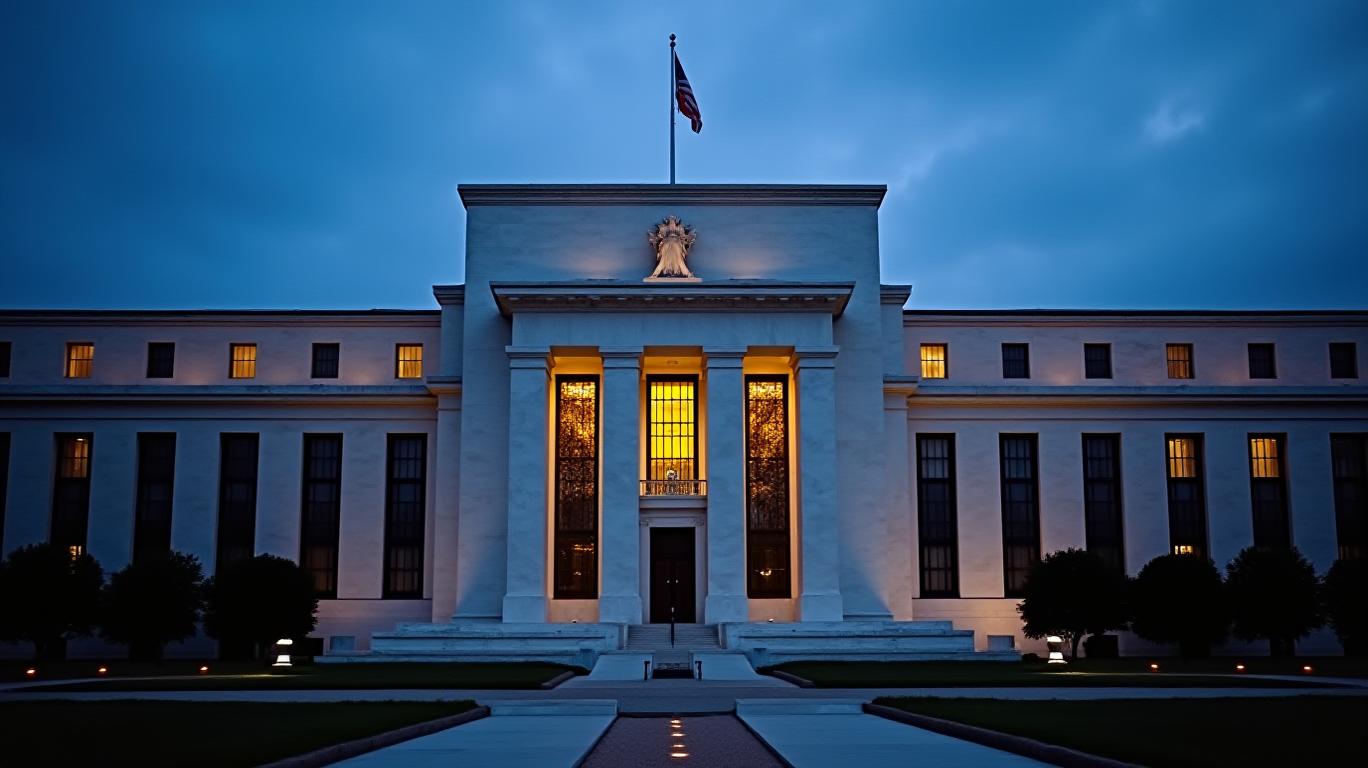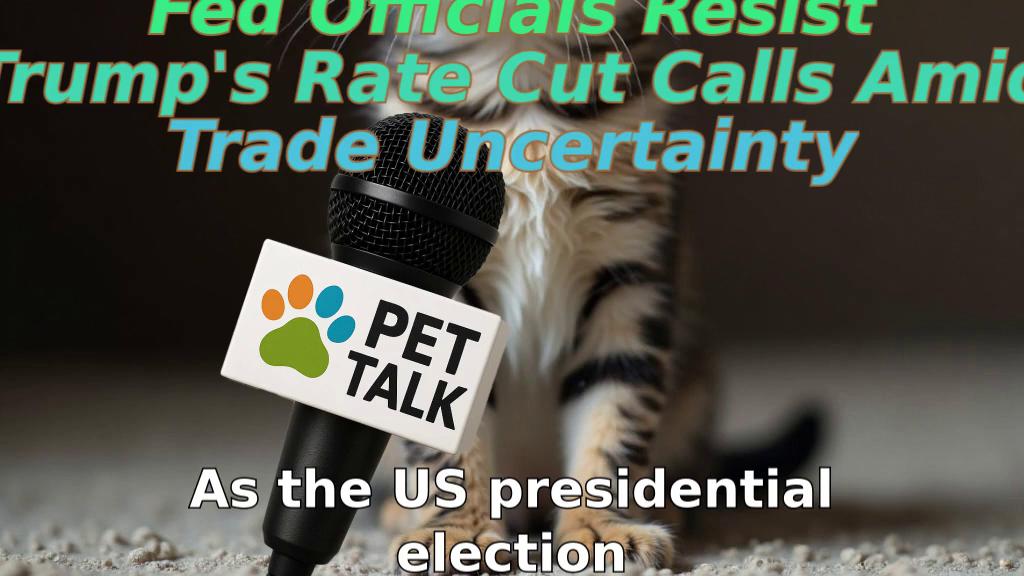Fed Holds Steady Amid Political Pressure: Why Rate Cuts Wait for Data
President Trump’s repeated calls for the Federal Reserve to cut interest rates ahead of its May 7 meeting dominated headlines. Yet, the central bank’s decision to leave borrowing costs unchanged at 4.25%–4.5% underscored its unwavering commitment to data-driven policy—even as political winds blow fiercely. Here’s what investors need to know about the Fed’s stance and its implications for markets.
Ask Aime: How will the Fed's decision to keep rates steady affect the market?
The Fed’s Firm Hand, Steady Course
The Federal Open Market Committee (FOMC) concluded its May meeting with a unanimous decision to maintain rates, as widely anticipated. Chair Jerome Powell’s post-meeting press conference emphasized the Fed’s “wait-and-see approach,” a strategy rooted in mixed signals from the economy. While inflation has cooled—gas prices fell 10% year-over-year, and grocery costs remain subdued—persistent trade-related headwinds, including a 145% tariff on Chinese imports, continue to complicate the picture.

The Fed’s patience is also fueled by recession risks. Economists now assign a 53% probability of a contraction by late 2025, a figure that has investors on edge. Yet, the central bank remains hesitant to act preemptively. As Goldman Sachs’ Jan Hatzius noted, “The Fed won’t cave to political noise without clearer evidence of economic strain.”
Data Over Drama: The Case for Caution
The Fed’s decision hinges on three critical factors:
- Inflation’s Fragile Decline: While headline inflation has retreated, core measures (excluding volatile food and energy) remain stubbornly elevated.
- Labor Market Resilience: Unemployment at 3.8%—near historic lows—suggests the economy isn’t yet signaling distress.
- Global Supply Chain Volatility: Trade wars and geopolitical tensions threaten to reignite price pressures.
The data underscores the Fed’s reluctance. A 99% probability of no May cut, according to the CME Group, reflects consensus that policymakers lack sufficient evidence to justify easing. Analysts like Oxford Economics’ Ryan Sweet now project the first cut could come as late as December 2025, contingent on a clearer economic path.
Investors Beware: High Rates, High Stakes
For markets, the Fed’s stance means prolonged uncertainty. Mortgage rates remain near 7%, and credit card debt costs linger near 18%, squeezing consumers. LendingTree’s Matt Schulz warns, “Lenders are pricing in a shaky 2025—borrowers should prepare for tighter budgets.”
The bond market, however, senses eventual easing. The 10-year Treasury yield dipped to 3.4% post-meeting, reflecting bets on a rate cut by year-end. Meanwhile, equity markets split: defensive sectors like utilities rallied, while tech stocks—which thrive on low rates—lagged.
The Road Ahead: Data, Delays, and Divergence
The Fed’s next moves will hinge on two pivotal reports: the June jobs data and July’s inflation print. A 30% chance of a June cut and 80% for July, as cited by analysts, suggest patience isn’t infinite. Yet, with the Fed’s credibility at stake, policymakers may wait until December to act, ensuring a recession isn’t locked in.
For investors, the path is clear:
- Avoid overleveraged firms: High borrowing costs will strain companies with weak balance sheets.
- Embrace dividends: Utilities and consumer staples (e.g., Procter & Gamble) offer stability in volatile times.
- Monitor Fed speakers: Powell’s July testimony and August’s Jackson Hole summit could shift expectations.
Conclusion: The Fed’s Data-Driven Discipline
The Fed’s May decision to stand pat, despite political clamor, reaffirms its independence. With a 53% recession risk and 65% of economists predicting eventual cuts, investors must navigate a landscape where patience—and data—rule. While the Fed may ease later in 2025, the road ahead is bumpy. Those focused on fundamentals, rather than headlines, will fare best. As the central bank’s mantra goes: “Data first, action later.”
In this era of uncertainty, that’s the safest bet.











